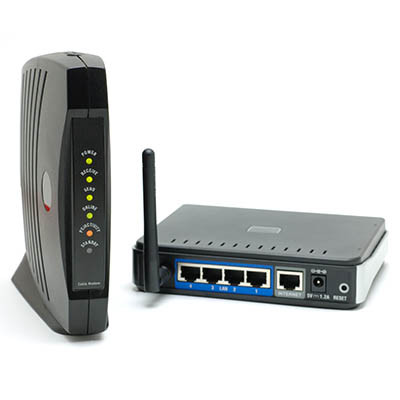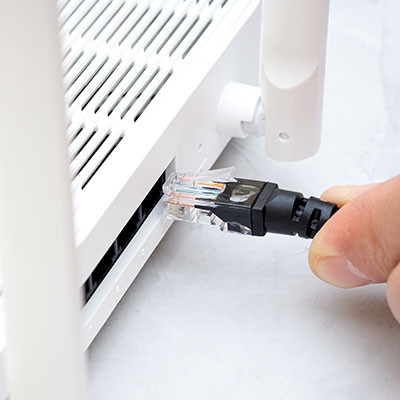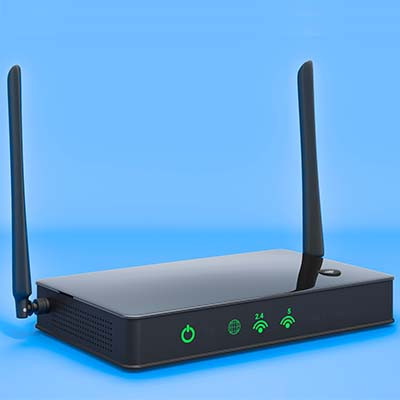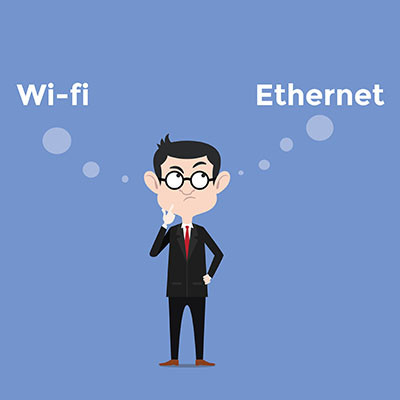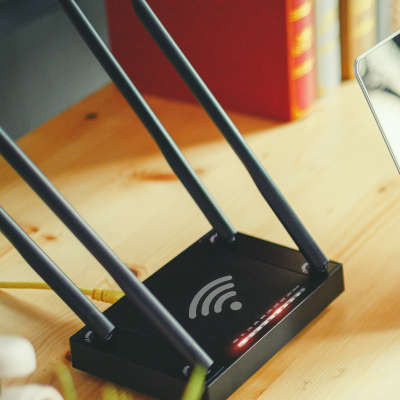Have you ever wondered why your Wi-Fi is great in one room but practically non-existent in another? You've got a powerful Internet plan, a modern router, but are still experiencing those frustrating dead zones or sluggish speeds. Today, we’re going to tell you that one of the most overlooked, yet critical, factors isn't your Internet provider or router model; it's simply where you put your router.
The placement of your Wi-Fi router can make or break your home Internet experience. Let's dig into the optimal spots and common pitfalls to ensure you're getting the most out of your connection.


